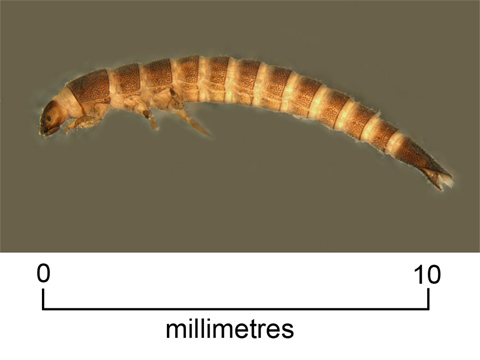
Austrolimniuse Macrelmis são novas ocorrências no estado. Sete gêneros foram encontrados, representados principalmente pelo estágio larval. Insetos aquáticos riachos região NeotropicalĪ diversidade e a distribuição espaço-temporal de comunidades de Elmidae (Coleoptera) em rios e riachos de uma área montanhosa no sul do Brasil (estado do Rio Grande do Sul) foram estudadas.

The studied area shows an overall Elmidae richness similar to that found in some tropical areas and the role of mountainous environments in sustaining high rates of regional diversity in the Neotropics is stated.Īquatic insects streams Neotropical region The seasonal structure was related to warm temperatures, but temporal distribution of Elmidae assemblages appears to be related to the dominant genera life cycles. Temporal patterns were detected especially in assemblage abundance, yet a slight pattern in richness was also observed. Richness and abundance were positively related to high water velocity and negatively to stream depth.
#Riffle beetle larva drivers
Also, water temperature and stream depth and velocity were the most important drivers related to the assemblages’ distribution. Assemblages’ genera composition and dominance were related to the presence of the macrophyte Podostemum. Austrolimnius and Macrelmis are new occurrences in the region. Six genera were found, represented mostly by larval specimens. It is not known whether this species historically ranged in other springs that are now dry almost all the time, such as San Pedro Springs and San Antonio Springs.The diversity and spatio-temporal distribution of Elmidae (Coleoptera) assemblages in montane rivers and streams of southernmost Brazil (Rio Grande do Sul state) were studied. POPULATION TREND: Comal Springs riffle beetles have been collected from spring runs 1, 2 and 3 at Comal Springs and a single specimen was taken from San Marcos Springs. Exotic species negatively affect the beetle through competition for food, displacement or destruction of aquatic vegetation, and general habitat degradation. Other threats associated with increased urbanization include increased flooding and erosion, pollution, siltation, and storm-water runoff. THREATS: The main threat to the survival of the Comal Springs riffle beetle is decreased spring flow due to increased use of groundwater resources throughout the Edwards Aquifer region, which may prove fatal to the species when coupled with periodic drought. All life stages except that of the egg make take place throughout the year.įEEDING: Larval and adult riffle beetles both feed on microorganisms and debris scraped from the substrate. LIFE CYCLE: All beetles undergo complete metamorphosis with life cycles consisting of an egg, larva with multiple instars, pupa, and adult. MIGRATION: This beetle has not been known to migrate.īREEDING: Riffle beetles typically deposit eggs on the underside of submerged rocks and debris. RANGE: Comal Springs riffle beetles are known from three spring runs at Comal Springs in Landa Park, as well as San Marcos Springs, 20 miles to the northeast. The water in occupied habitat is usually about one to four inches deep, although the beetle may also occur in slightly deeper areas within the spring runs.

HABITAT: The Comal Springs riffle beetle occurs in gravel substrate and shallow riffles in spring runs. The larva has an elongate, tubular body and can be up to 10 millimeters in length. It is reddish brown in color and has short hind wings and a narrow body. COMAL SPRINGS RIFFLE BEETLE } Heterelmis comalensisĭESCRIPTION: The Comal Springs riffle beetle is an aquatic, surface-dwelling species of about two millimeters in length, with females slightly larger than males.


 0 kommentar(er)
0 kommentar(er)
